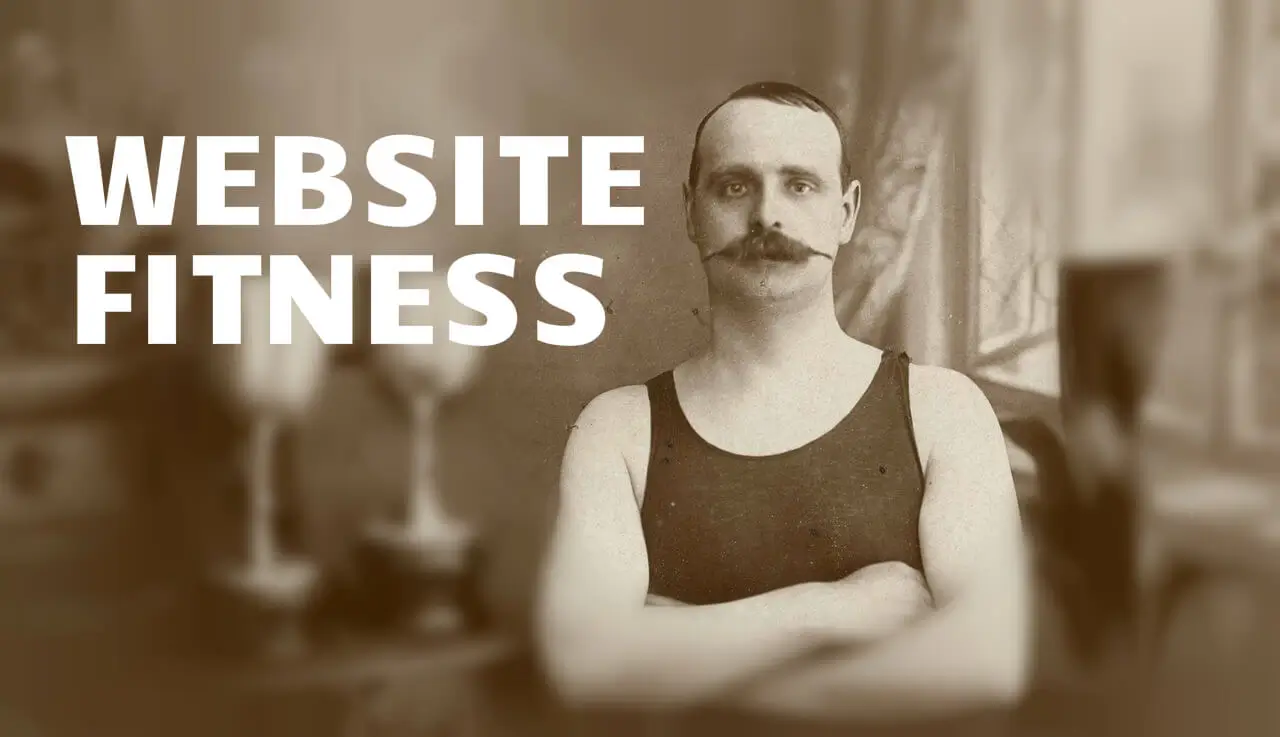Getting your site launched can be a daunting task. There are so many details to think about that folks often delay launching until everything is perfect, which is a huge mistake. On the flip side, they miss some crucial details that can make the difference between success and failure. Here’s 10 things to do before launching your website to get all you’re ducks in a row. These tips may seem minor individually, but, as a whole, they will go a long way to make your website the marketing tool you need it to be.
“A handful of men have become very rich by paying attention to details that most others ignored.”
— HENRY FORD
1. Include an author image in Google Search Results
By now you’ve probably noticed that when you do a Google search, some blog posts have a picture of the author’s face in the search results, as you see below.

This is a great way to stand out from the crowded search results in your field. If your new website includes a blog, you’ve got to ensure that you’re using Google Authorship Markup so that you can include your photo, too. Simply verify your email on Google+ and link your Google+ profile to your blog content. Yes, this means that your Google+ profile picture will appear next to search results, so make sure you’re using an updated and professional photo. Finally, you’ll need to link your blog posts to your Google+ profile. You can do this by including the appropriate link in the author box at the bottom of your blog post using the markup “rel=author” in your link.
2. Add Google Analytics or Mixpanel
Be sure to talk with your development team about what kind of analytics software would work best for your site. Google Analytics offers tracking on pages, which can be associated with a Google Adwords account. Mixpanel includes tracking of where users click.

There are also more options available out there. However, every analytics platform will ask you to embed analytics codes on your various pages. This can take some time if your website is rather robust, so be sure to plan ahead.
3. Design a Favicon
A favicon is short for “favorites icon”. It’s the small image that’s displayed in your address bar when you visit a site, just as you see below.

This will help differentiate your business from competitors for leads who visit your site. To design a favicon, you can use a generator such as favicon-generator.org or you can create your own. To do this, you will need to create a 16×16 pixel image using an icon editor for browser windows. Then you can upload it to your website with the filename “favicon.ico”. Be sure to place this file in your current web directory or root directory.
“In today’s business environment, a company’s website is the key to their entire business.”
— MARCUS SHERIDAN
4. Add a Facebook Preview Image
Don’t you hate it when you try to share a cool link on Facebook, but the images offered aren’t very jazzy? Luckily, Facebook’s Open Graph tags will allow you to select the images that users can choose from when sharing your link.

According to Facebook, their Open Graph tags will easily allow you to “specify structured information about your web pages. The more information you provide, the more opportunities your web pages can be surfaced within Facebook today and in the future.”
5. Register your brand on all social media domains
Customers from various demographics may prefer to engage with your brand in different ways. For example, a customer who prefers photos may engage with you more on Instagram or Pinterest than on Twitter. To cover your bases, you should make sure to register with all of the various social networking sites. Even if you don’t plan on rolling out all of these services at once, it’s good to know that you still own your company’s name. Here are some sites you don’t want to miss:
- Google+
- Vine
6. Revamp your 404 pages
If a customer accidentally reaches a dead link on your website for some reason or another, they’ll reach the dreaded 404 page. There are tons of ways to jazz up this otherwise uneventful page, like adding some creative copywriting, a funny picture, or maybe even something more elaborate, like in the photo below from Blue Media Fountain:

“If we did all the things we are capable of doing we would literally astound ourselves.”
— THOMAS EDISON
7. Check your spelling
There’s nothing worse than pushing a site live and then realizing that there are typos and other errors. Customers who notice mistakes on your website such as misspelled words may take your brand less seriously, viewing it as sloppy or unprofessional. They may even spread these perceptions to friends or other associates on social media channels. That’s why it’s best to always appear polished by checking your grammar!
8. Check your search engine descriptions

Much like checking for spelling errors, it’s also important to double check your search engine titles and descriptions on each page. Google recommends using rich snippets so that you’ll appear higher in search results. (Snippets are the text that appears under each search result).
9. Check your site on various browsers

Have you done a thorough bug-check on all available Internet browsers? Be sure to check out various versions of each, as well as mobile browsers, to ensure that your site looks great on different devices. It’s also worth noting that you should check out different screen resolutions and sizes, too. If you haven’t made your site responsive yet, that should be your first priority.
10. Have a plan to drive traffic to your site
Now that your site is ready to go, how are you planning to drive traffic to your page? Have you set up your Google Adwords account and linked it to your Google Analytics page? Have you looked into Facebook Ads? Are you planning to go the route of content strategy using a blog, or rely more on banner advertisements and email marketing? Be sure to have a thorough plan in place before your site goes live, so that you can enjoy heavy traffic to your site from day one and generate all the leads you’re looking for.
I’d love to hear about your personal experiences. What works best for you? You can send me an email, or find me on Twitter at @sethstuff.






